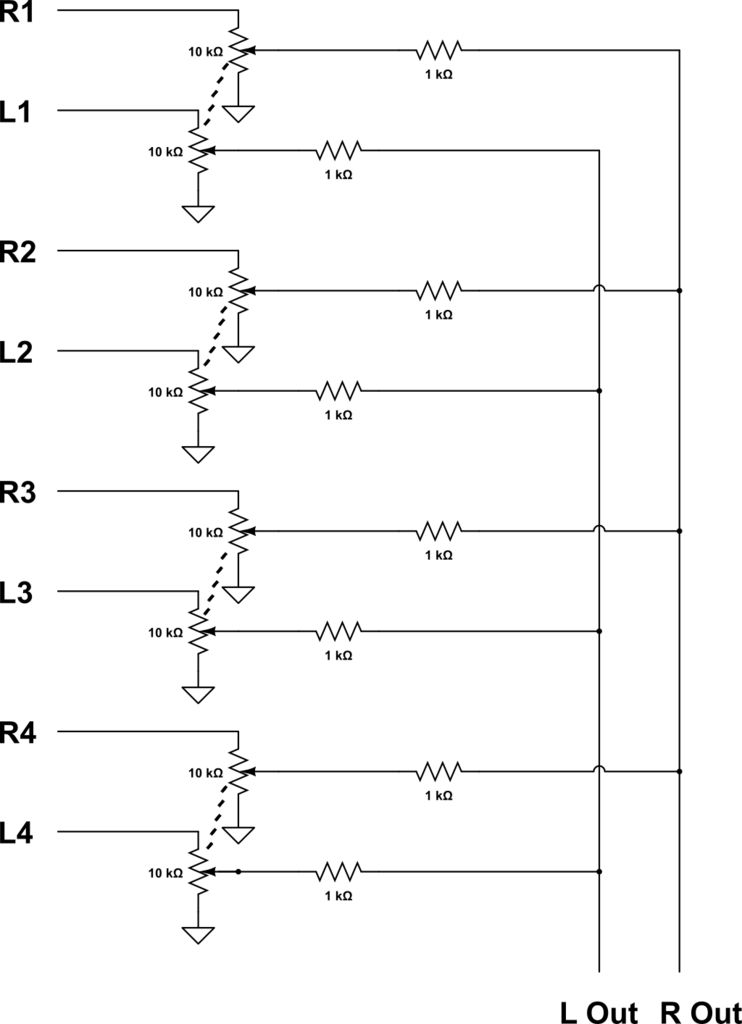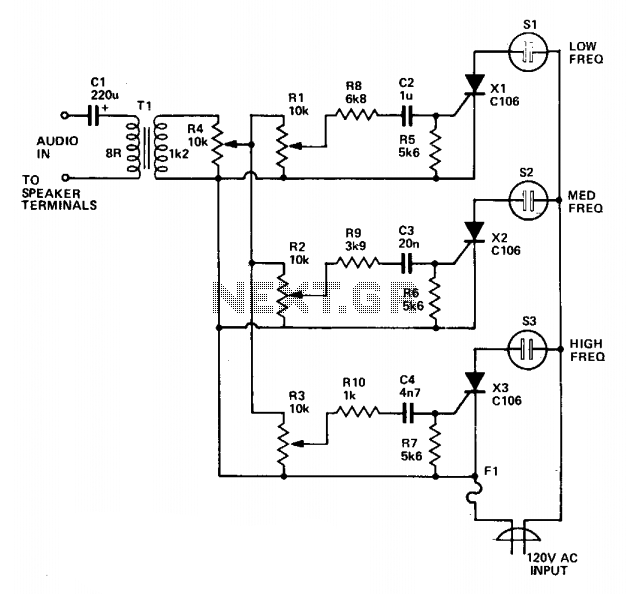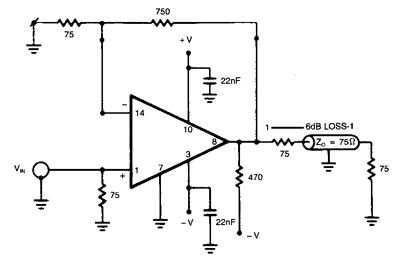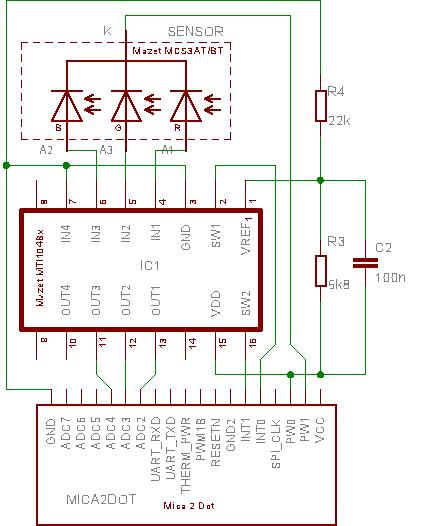
Virtual Color Mixer Tutorial

Energia is a rapid prototyping platform designed for the Texas Instruments MCU Launchpad. It is built on the principles of Wiring and Arduino and utilizes the Processing IDE.
Energia offers an accessible environment for developing applications with Texas Instruments microcontrollers. By leveraging the familiar Arduino programming model, it allows users to quickly create prototypes without needing extensive knowledge of low-level programming. The platform supports various Texas Instruments Launchpad boards, enabling users to interact with a wide range of sensors, actuators, and other peripherals.
The core of Energia is its extensive library collection, which facilitates the integration of various hardware components. This library system simplifies the coding process, providing pre-written functions that users can call upon to perform specific tasks, such as reading sensor data or controlling motor outputs. The Processing IDE enhances the user experience by offering a graphical interface for writing and uploading code, debugging, and monitoring serial output.
Energia also supports a variety of communication protocols, including I2C, SPI, and UART, enabling seamless integration with other devices and systems. The platform encourages rapid iteration and experimentation, making it an ideal choice for hobbyists, educators, and professionals looking to prototype embedded systems quickly.
In summary, Energia serves as a powerful tool for developing applications on Texas Instruments MCU Launchpads, combining ease of use with a robust set of features that cater to a wide audience in the electronics and embedded systems community.Energia is a rapid prototyping platform for the Texas Instruments MCU Launchpad. Energia is based on Wiring and Arduino and uses the Processing IDE.. 🔗 External reference
Energia offers an accessible environment for developing applications with Texas Instruments microcontrollers. By leveraging the familiar Arduino programming model, it allows users to quickly create prototypes without needing extensive knowledge of low-level programming. The platform supports various Texas Instruments Launchpad boards, enabling users to interact with a wide range of sensors, actuators, and other peripherals.
The core of Energia is its extensive library collection, which facilitates the integration of various hardware components. This library system simplifies the coding process, providing pre-written functions that users can call upon to perform specific tasks, such as reading sensor data or controlling motor outputs. The Processing IDE enhances the user experience by offering a graphical interface for writing and uploading code, debugging, and monitoring serial output.
Energia also supports a variety of communication protocols, including I2C, SPI, and UART, enabling seamless integration with other devices and systems. The platform encourages rapid iteration and experimentation, making it an ideal choice for hobbyists, educators, and professionals looking to prototype embedded systems quickly.
In summary, Energia serves as a powerful tool for developing applications on Texas Instruments MCU Launchpads, combining ease of use with a robust set of features that cater to a wide audience in the electronics and embedded systems community.Energia is a rapid prototyping platform for the Texas Instruments MCU Launchpad. Energia is based on Wiring and Arduino and uses the Processing IDE.. 🔗 External reference





